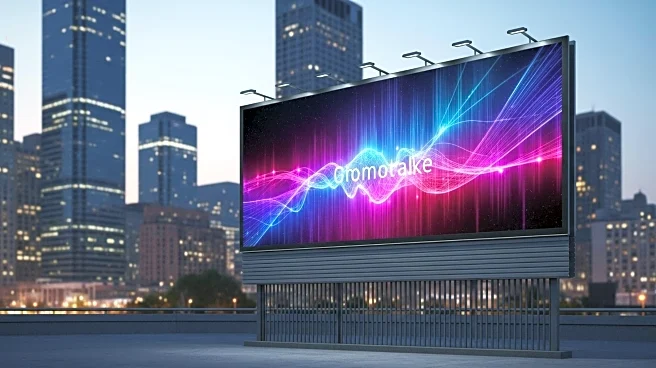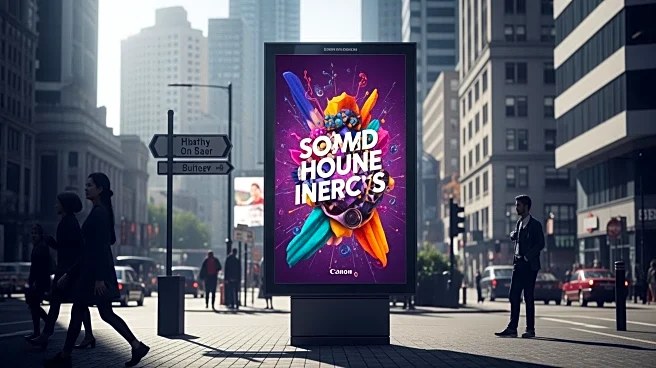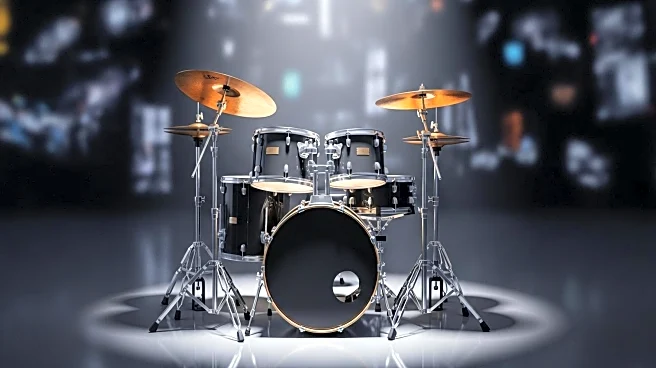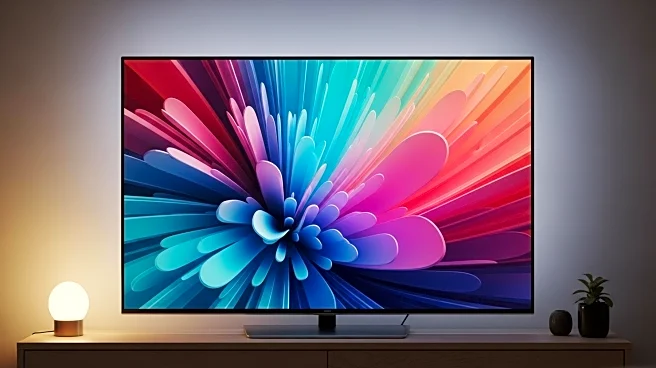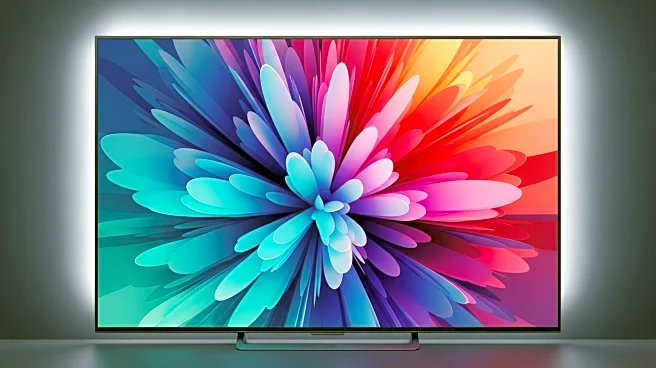What's Happening?
Out-of-home (OOH) advertising is emerging as a highly effective channel for marketers seeking to maximize their return on investment. According to Bradley Keefer of Keen Decision Systems, OOH is currently underfunded despite its proven ability to enhance
brand equity and drive performance outcomes. Research indicates that OOH placements not only bolster awareness and cultural relevance but also amplify the effectiveness of other media channels, such as search, social media, TV, and radio. Despite its potential, OOH's share of marketing spend remains below 1%, which does not reflect the value it delivers. The marginal return on investment (mROI) for OOH stands at $7.58, surpassing the average media type mROI of $5.52, suggesting that marketers could achieve stronger incremental returns by reallocating budget to OOH.
Why It's Important?
The significance of OOH advertising lies in its ability to offer marketers a viable alternative to digital channels, which are experiencing diminishing returns due to saturation. As digital and social platforms have absorbed the majority of marketing dollars over the past two decades, OOH provides a fresh avenue for growth. Its competitive ROI and ability to enhance the impact of other channels make it an attractive option for marketers looking to optimize their media mix. By shifting even modest budgets from saturated digital channels to OOH, marketers can improve overall ROI and drive measurable growth. This shift is crucial in an environment where efficiency and growth are paramount.
What's Next?
As marketing leaders reassess their strategies, OOH advertising is likely to receive increased attention and investment. The channel's flexibility allows for scalable campaigns, making it accessible for brands of all sizes. With modern attribution tools improving measurability, OOH is poised to overcome historical perceptions of being less measurable. Marketers may begin to incorporate OOH into their upfront plans and forecasts, potentially leading to a reallocation of budgets from digital channels to OOH. This shift could result in a more balanced media mix and enhanced marketing efficiency.
Beyond the Headlines
The rise of OOH advertising could signal a broader shift in marketing strategies, where traditional channels regain prominence alongside digital platforms. This development may encourage marketers to explore diverse media options and innovate their approaches to reach consumers effectively. As OOH becomes more integrated into marketing plans, it could lead to a reevaluation of how success is measured across different channels, emphasizing the importance of holistic media strategies.








